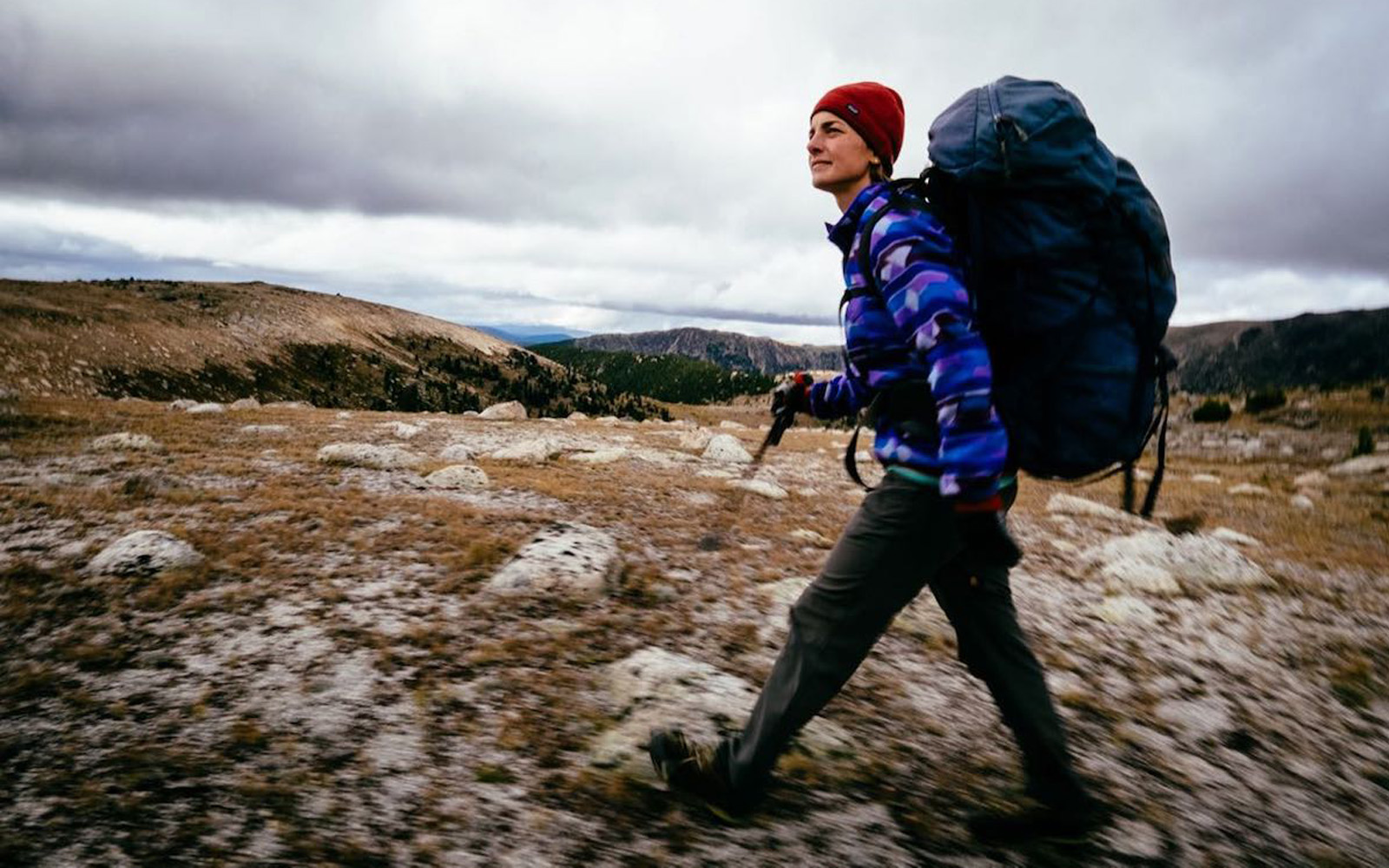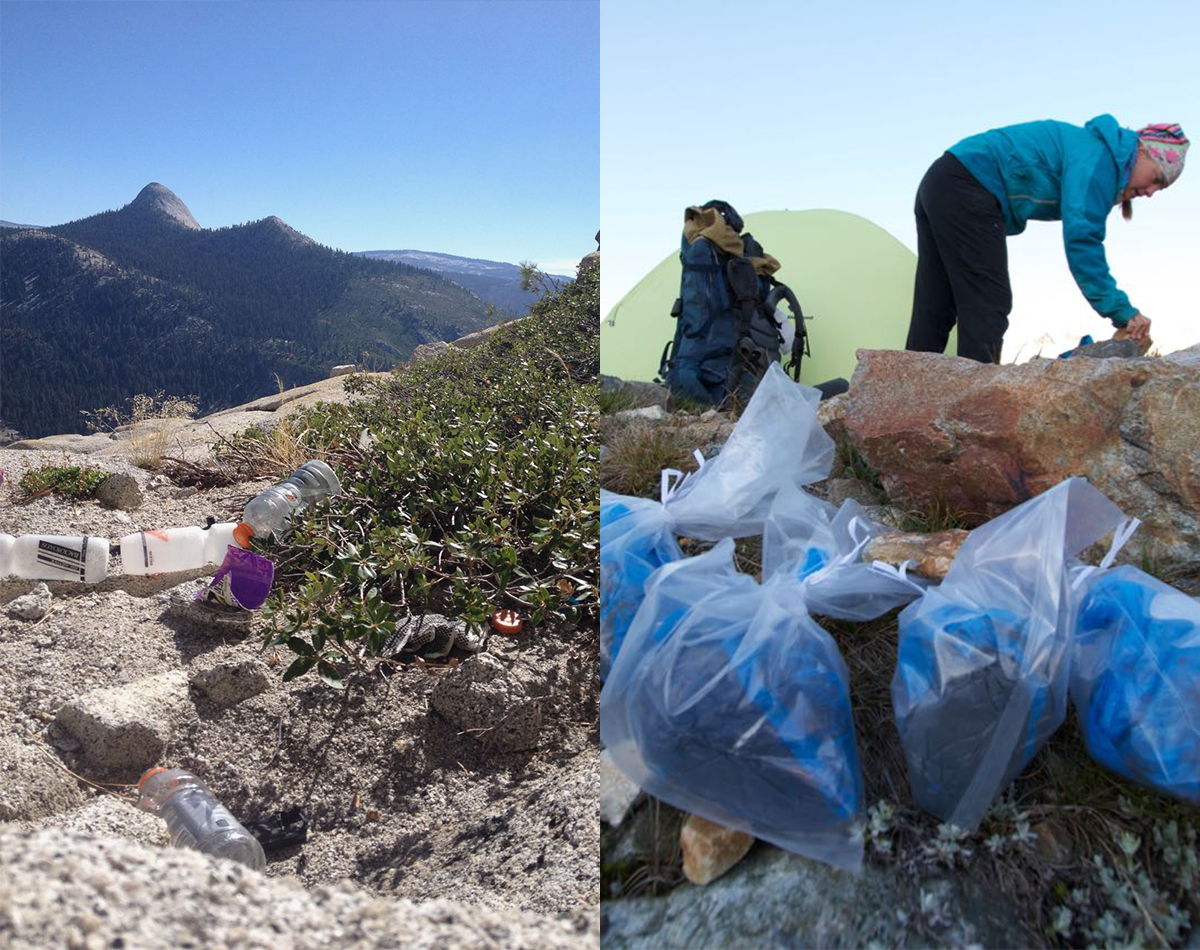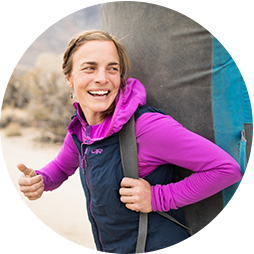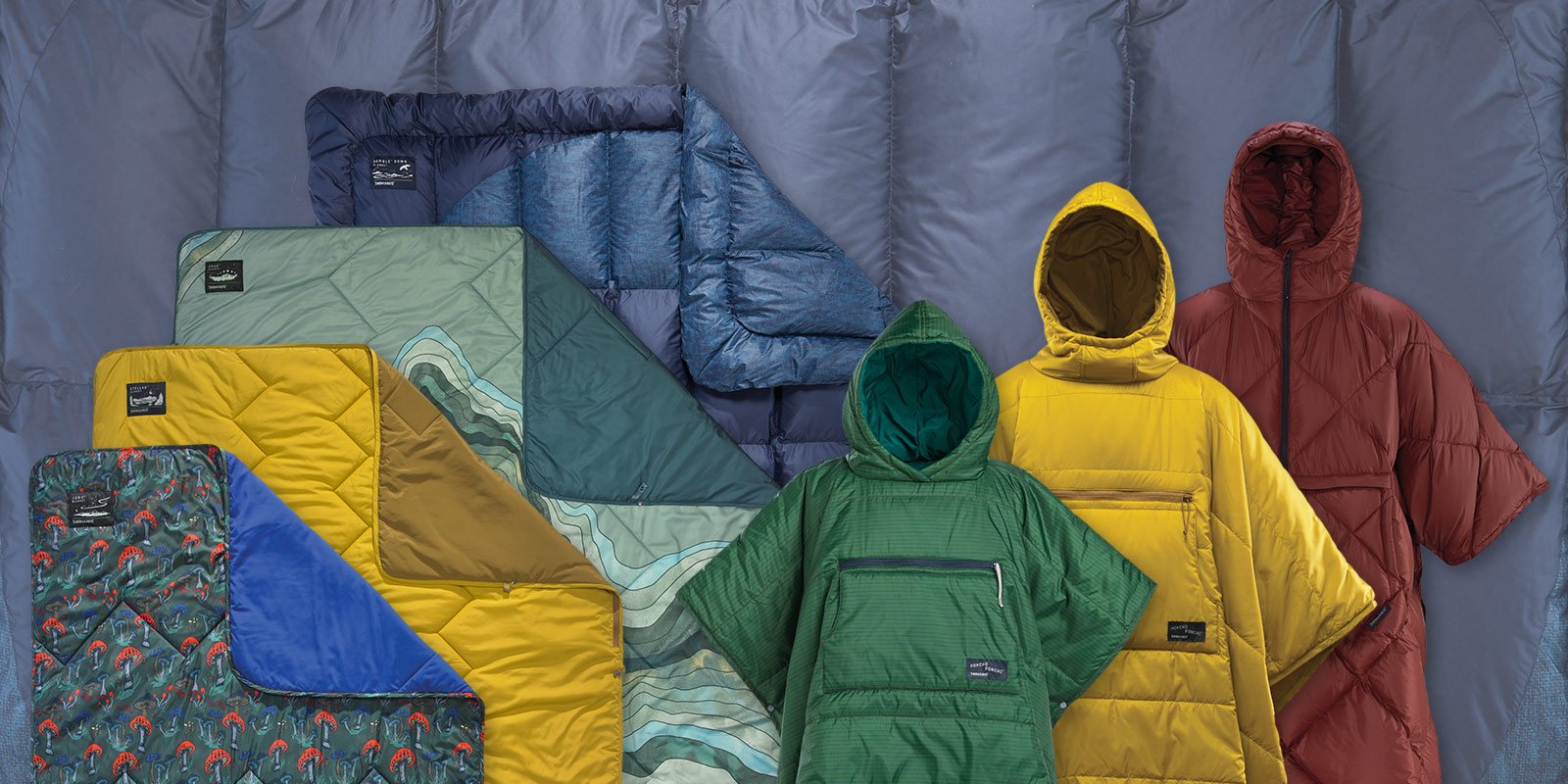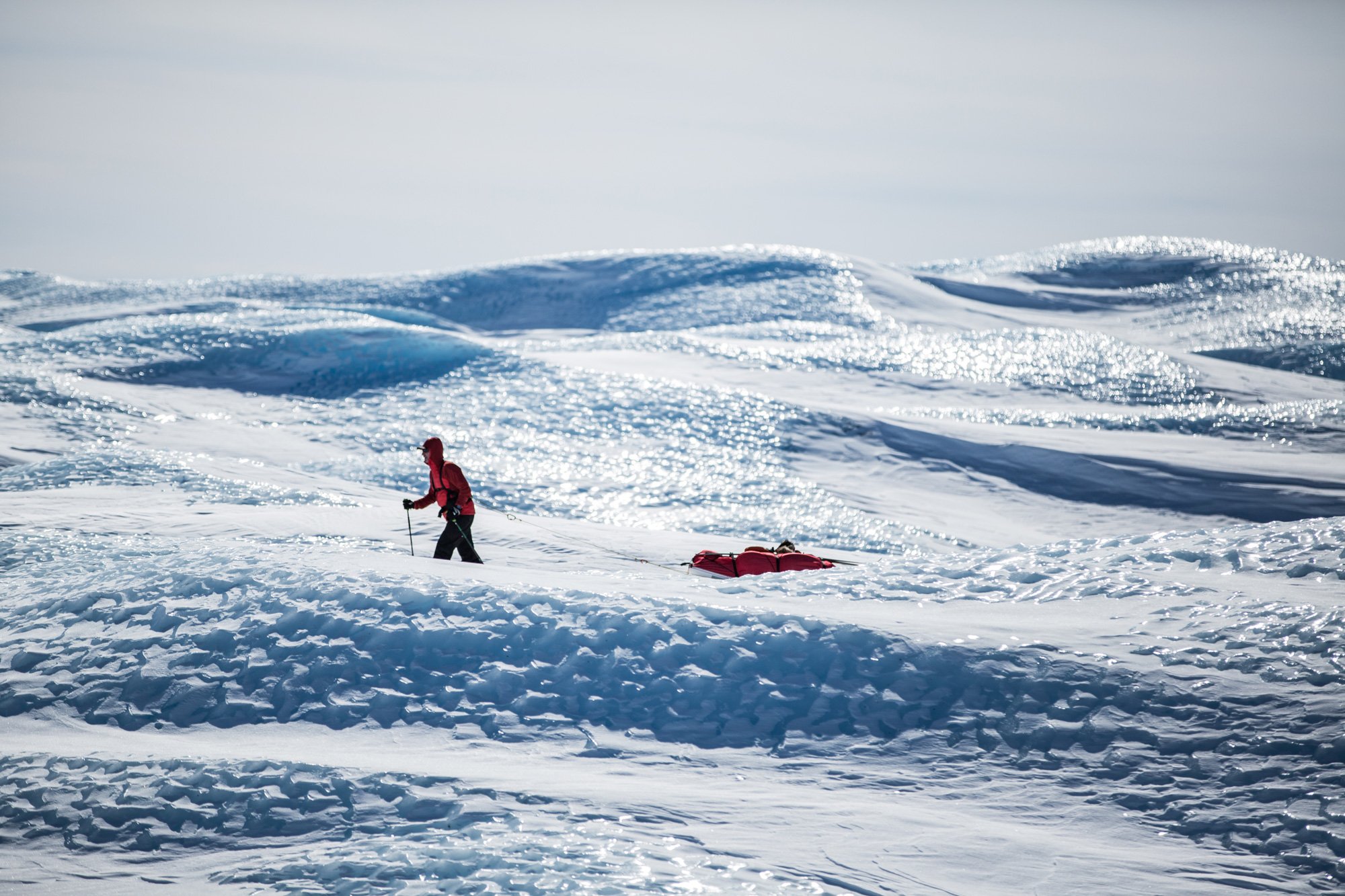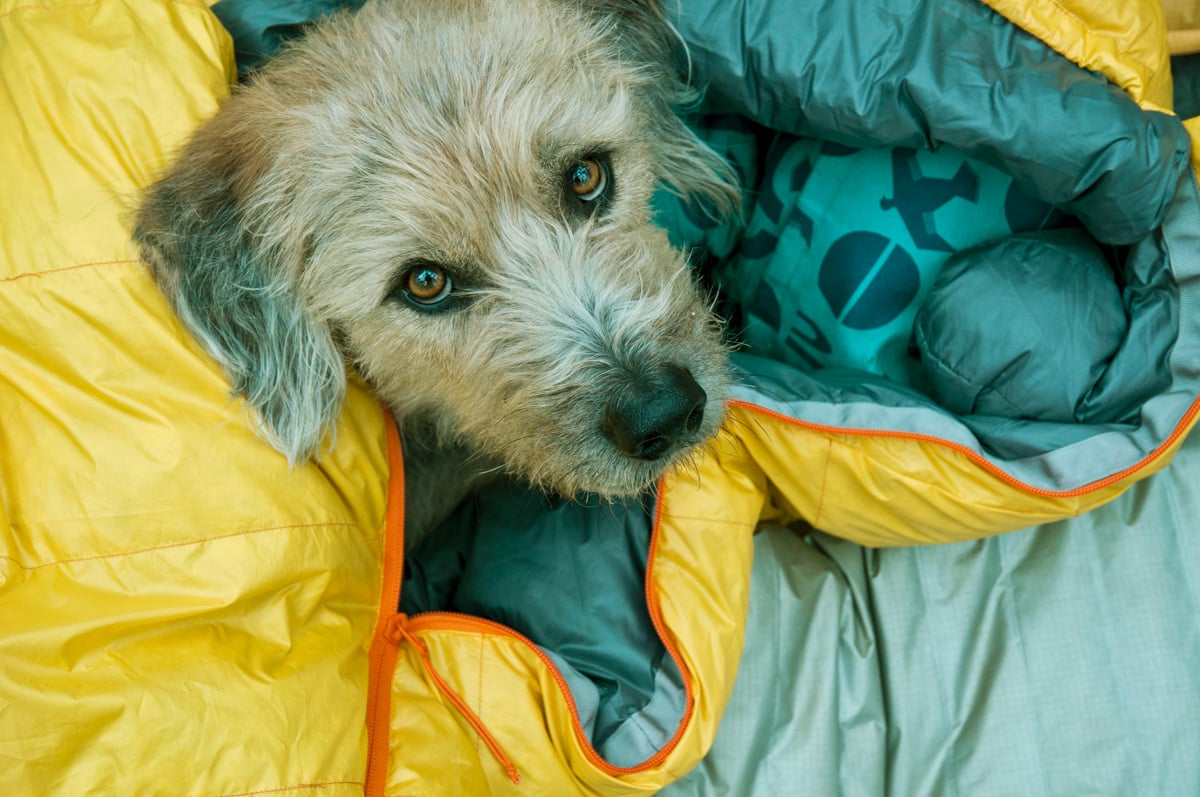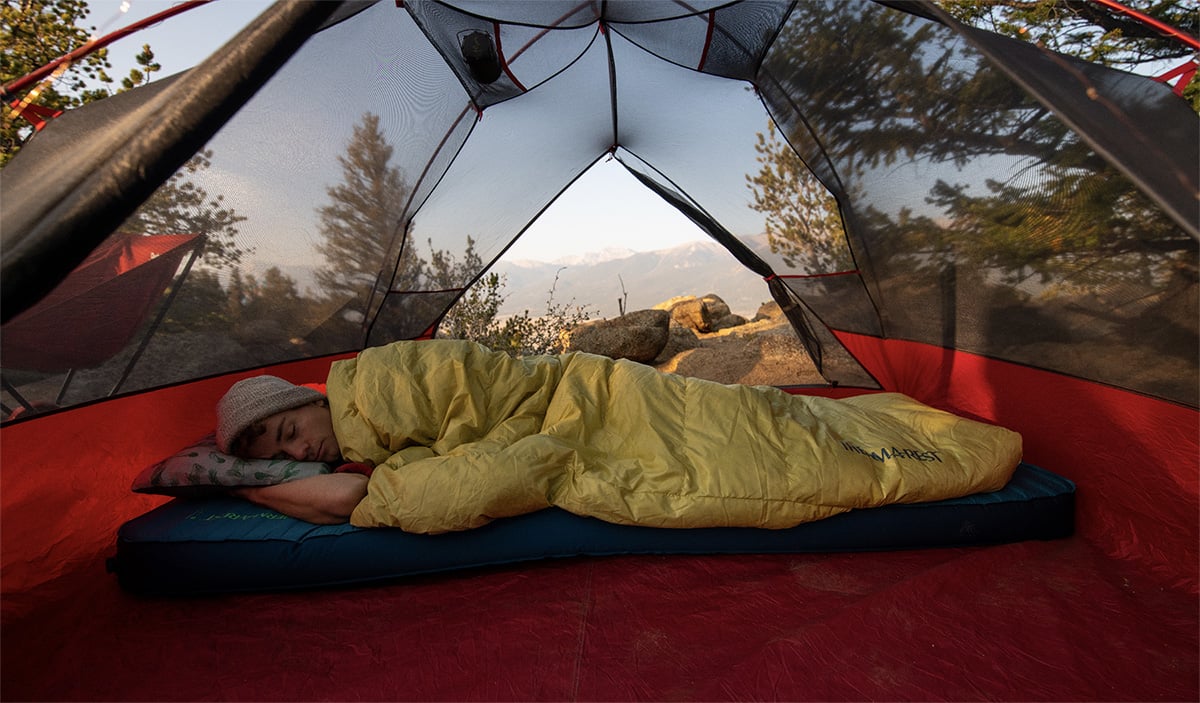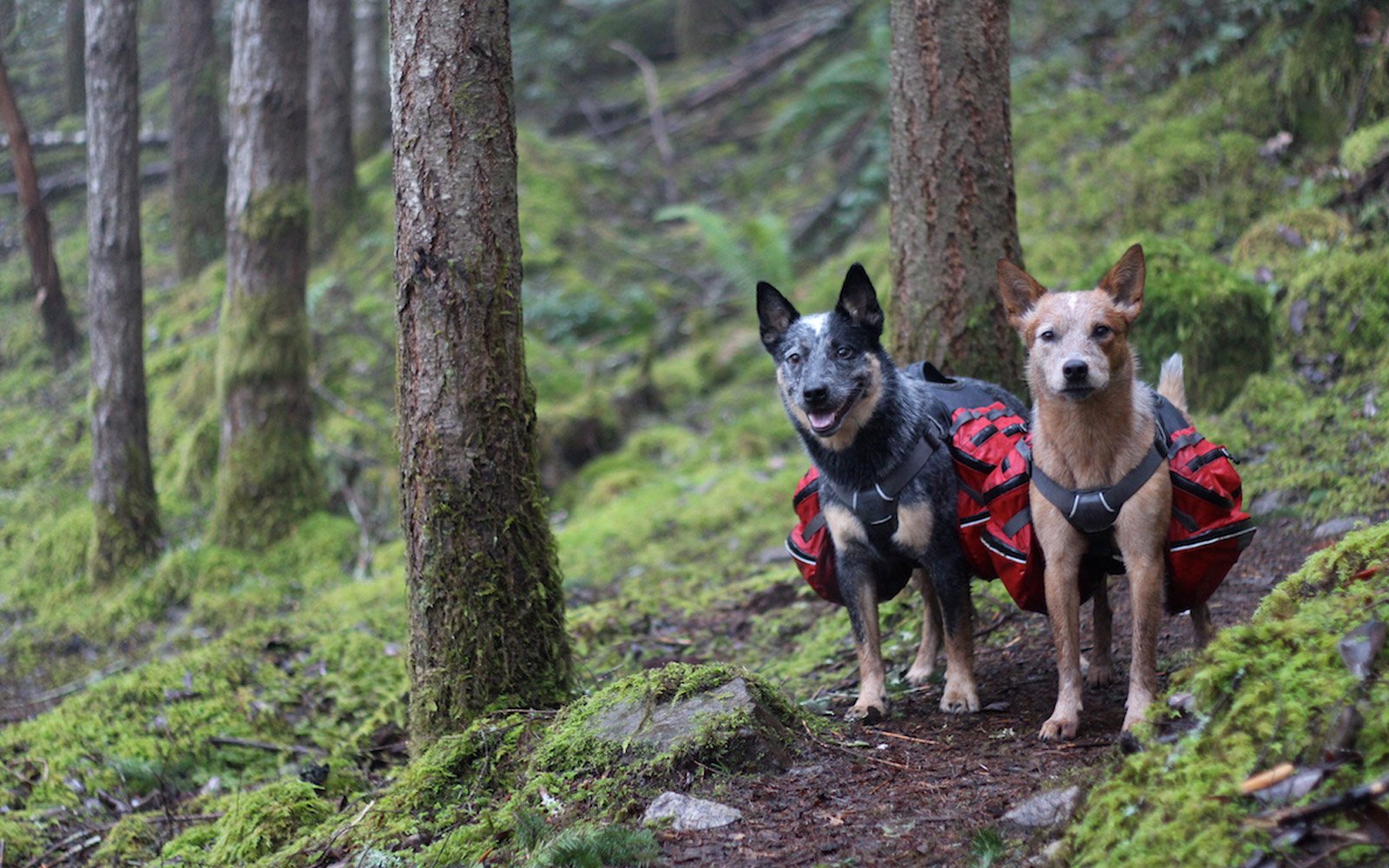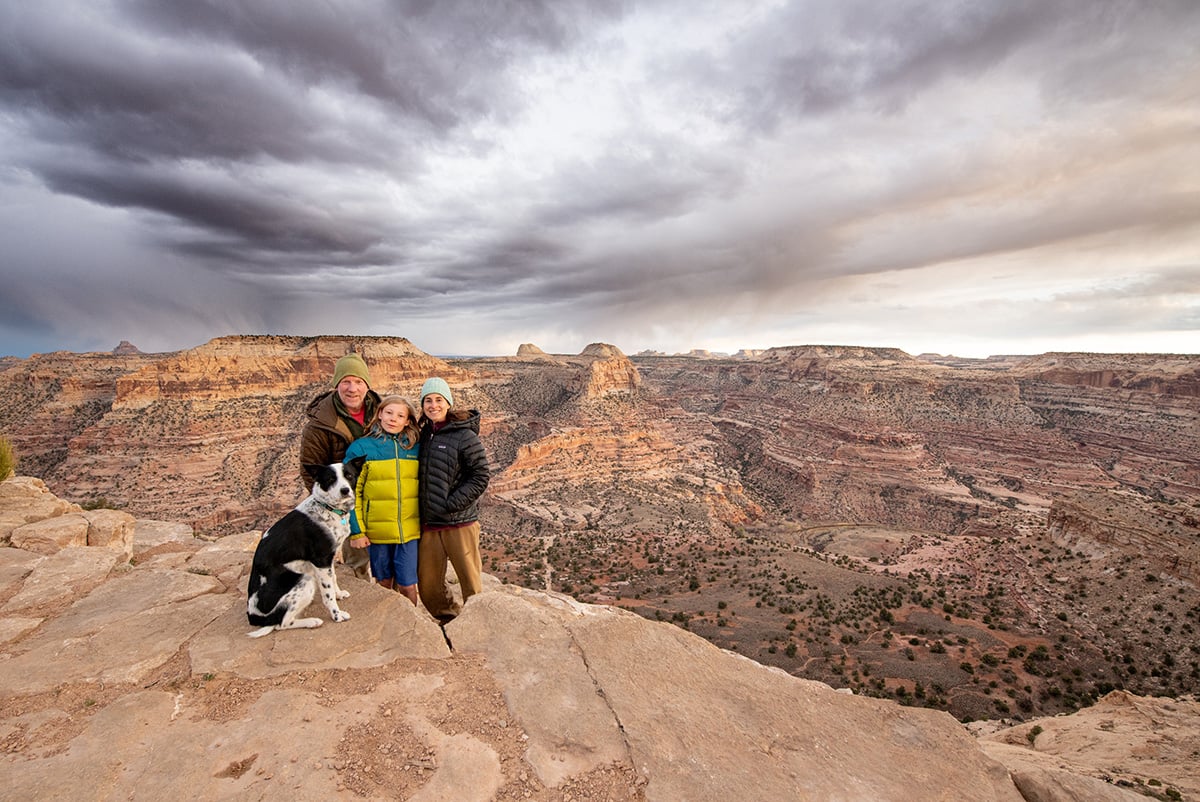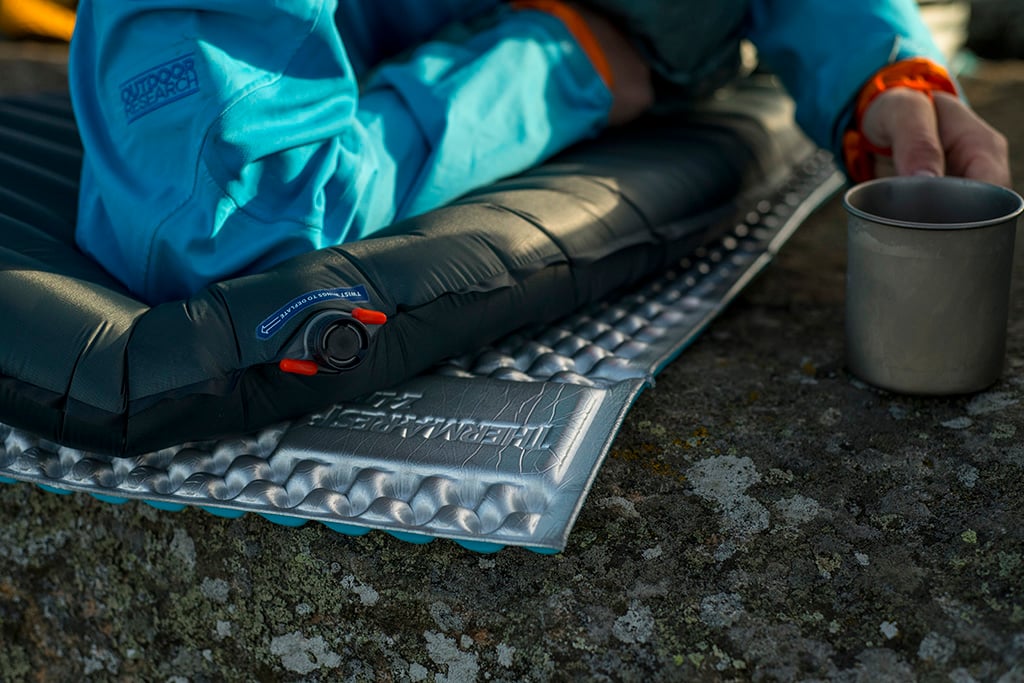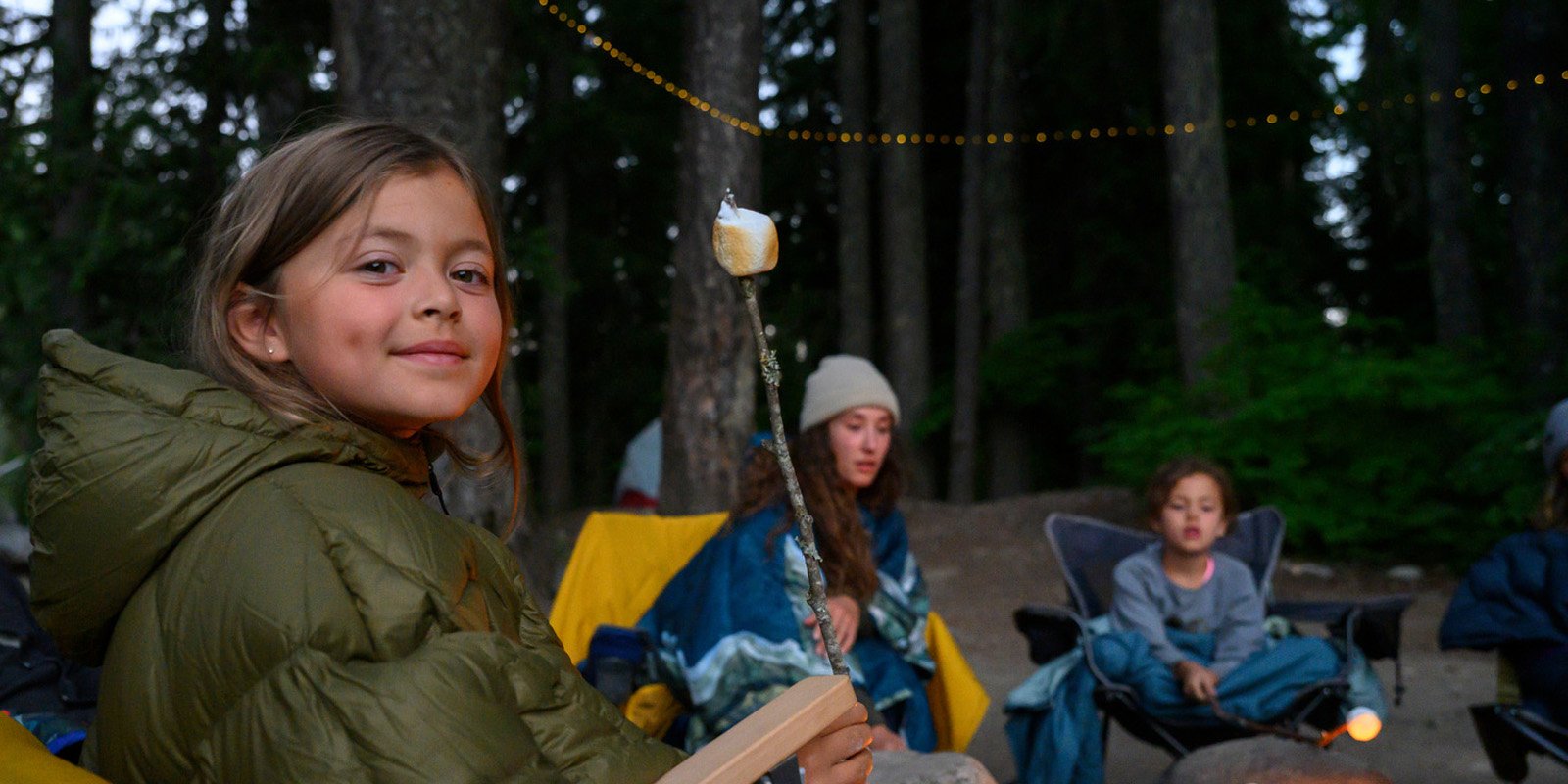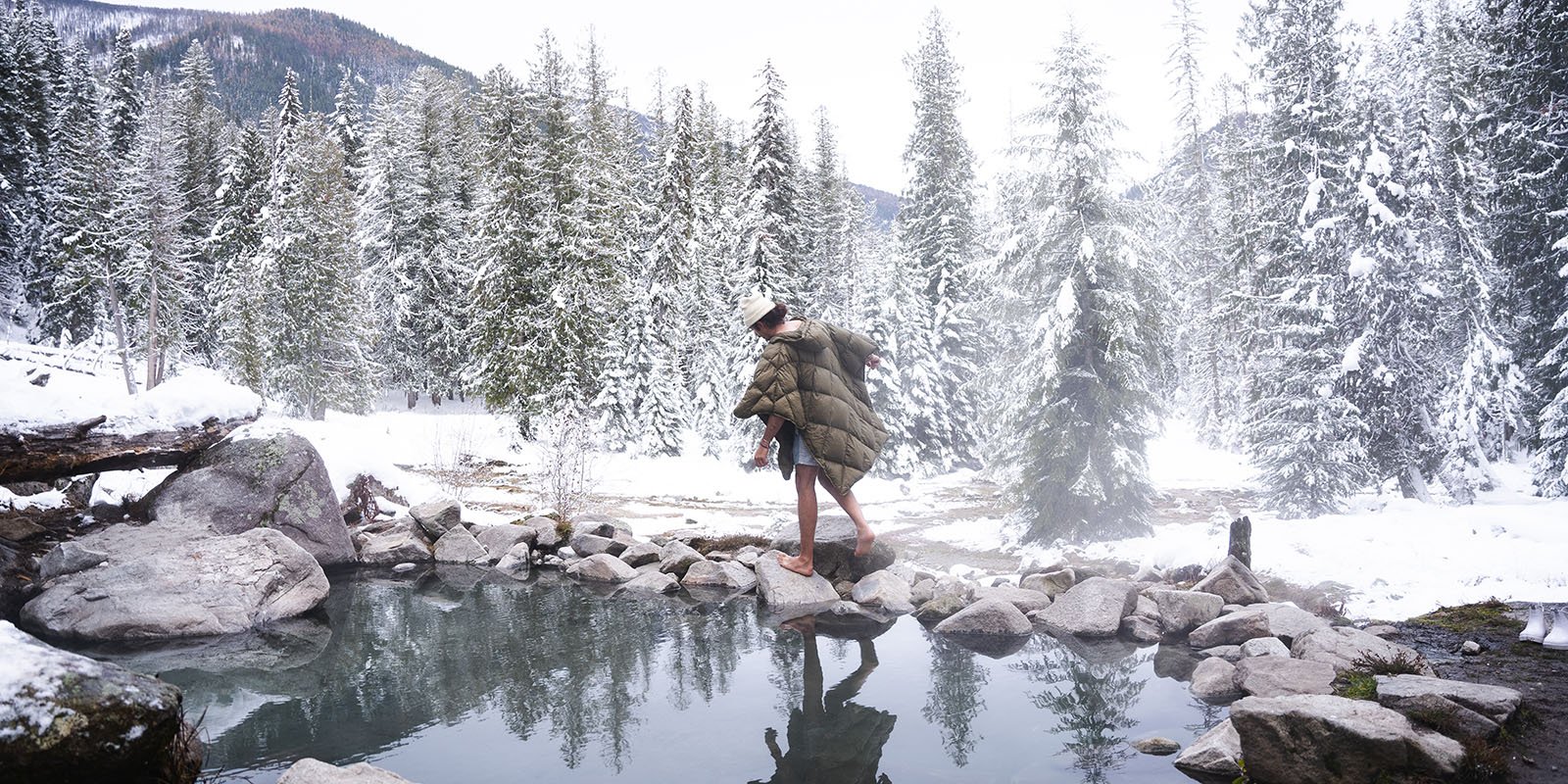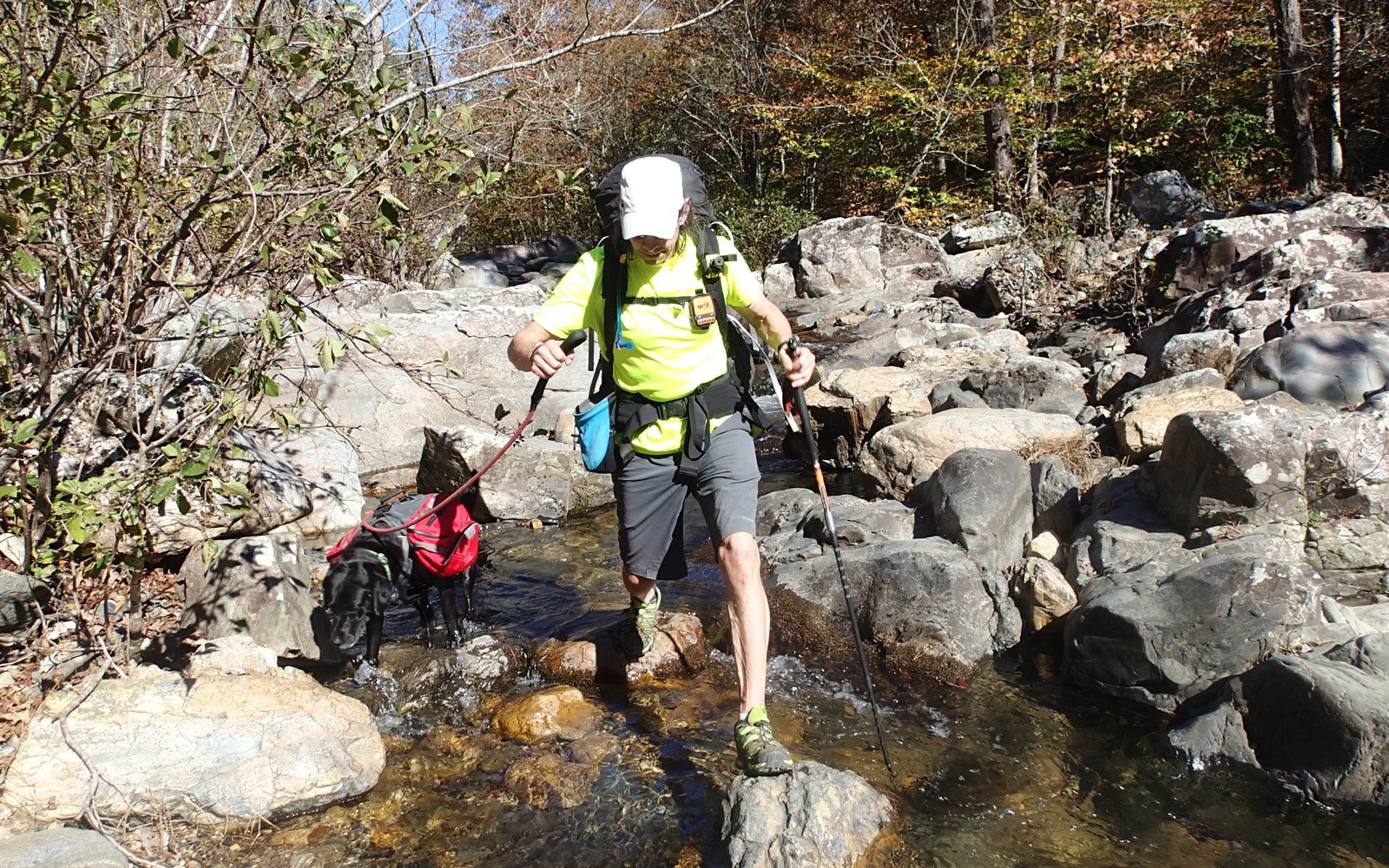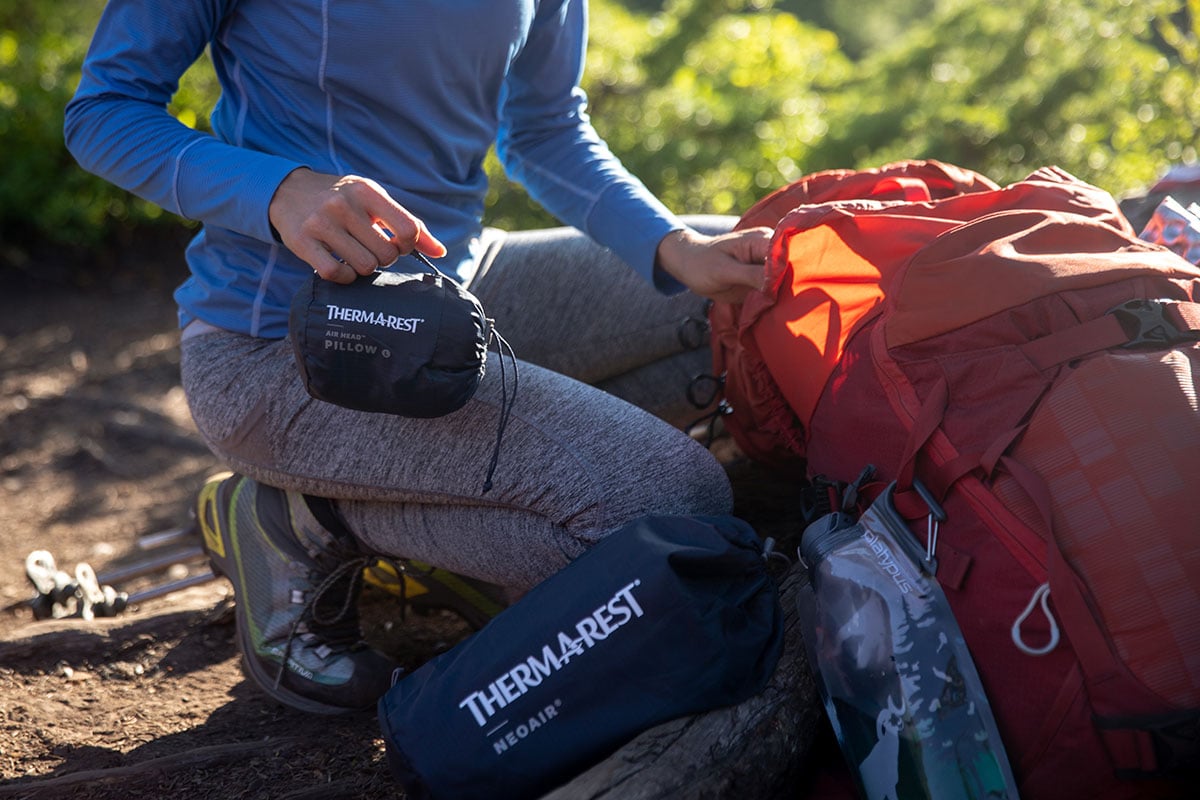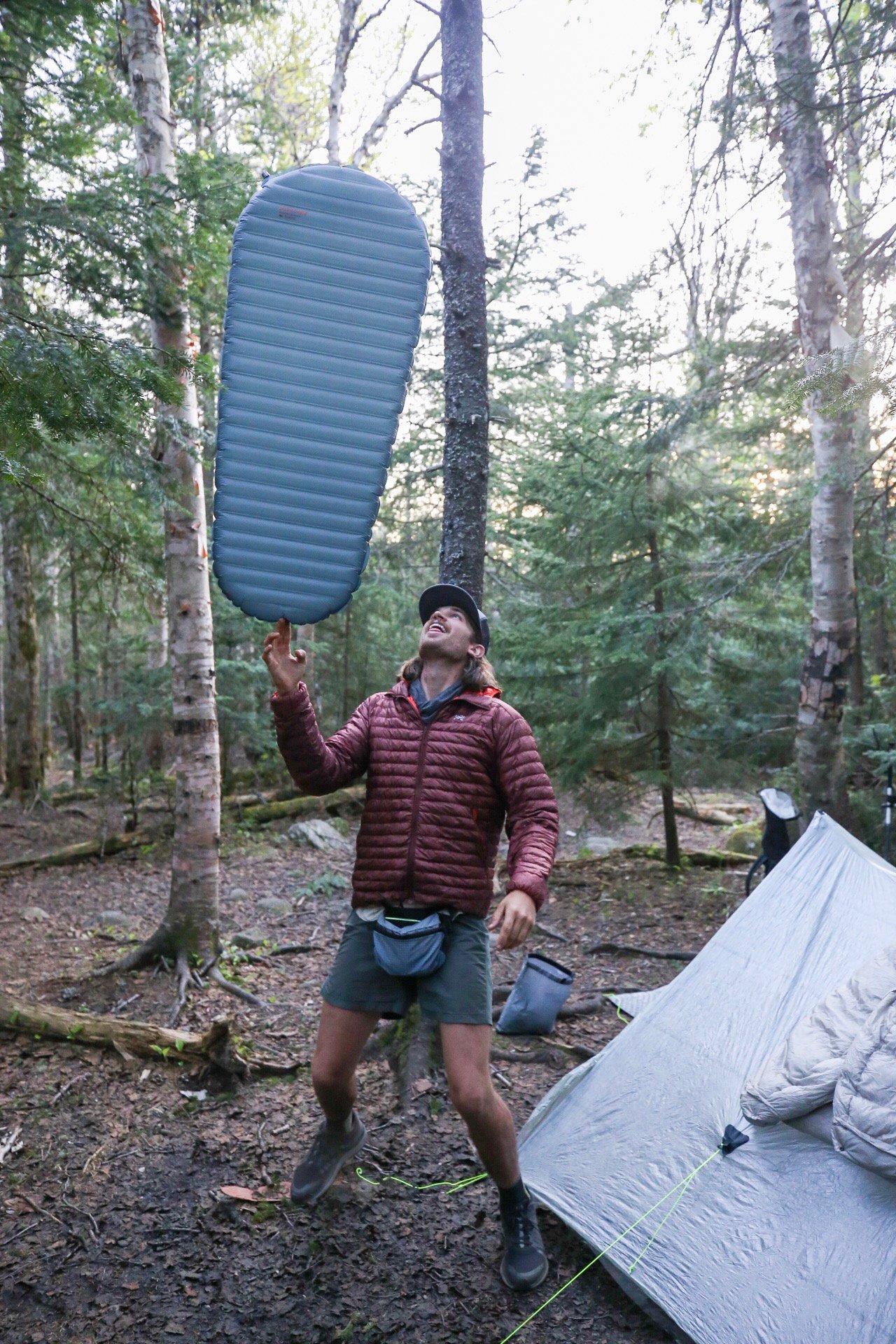We are innovators and explorers by nature. We seek out unclimbed peaks and first tracks. It’s only natural for us to question norms and march by the beat of our own drum. For this reason, we reviewed some of the tenants of Leave No Trace.
In this edition of Therm-a-Rest Explore, contributor Jenny Abegg lays down some thick satire and reminds us LNT principles are here to stay.
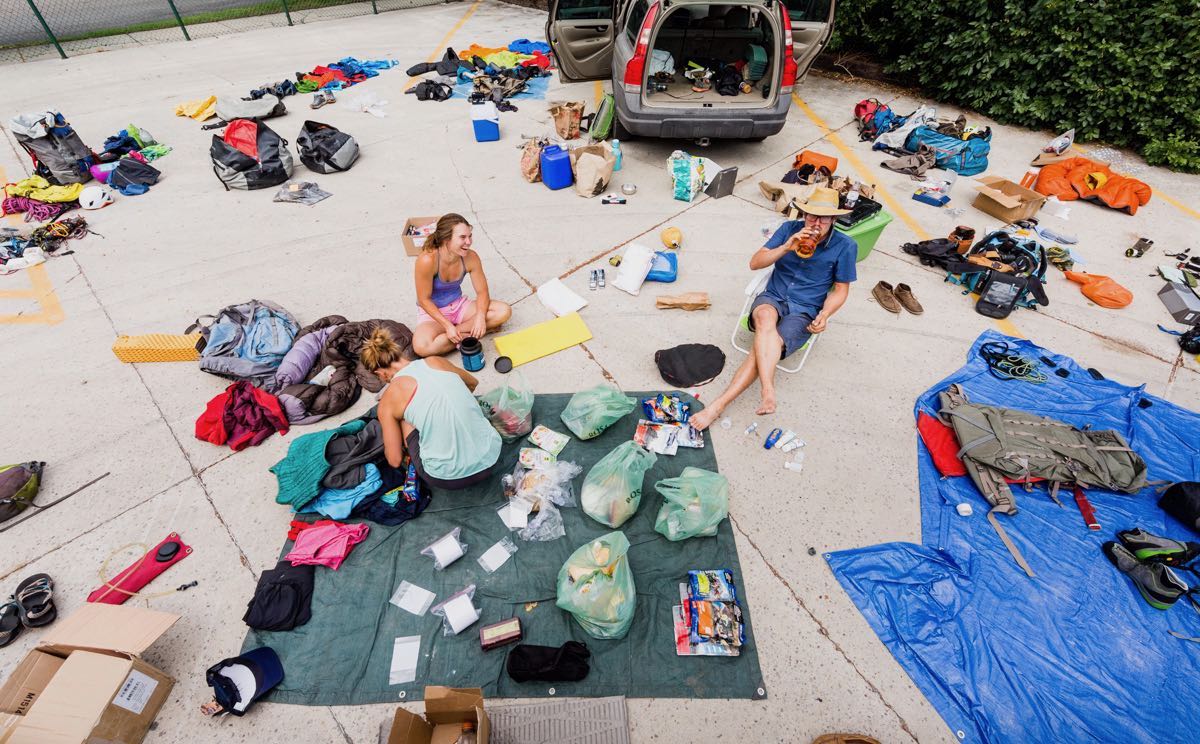
It started over beers, as most good things do. IPAs to be exact, though many of us drinking wished for slightly less hops in our brew. There was an assortment of maple bacon donuts, kale treats, and artisanal grilled cheese on hand, and my ex-vegetarian friend Sam manned the grill. We sat wrapped in Pendleton blankets under twinkly lights, dreaming and scheming trips for the upcoming summer.
“I’ve heard Joshua Tree is cool. We could go camping there,” Jane said, twirling the scarf around her wrist.
“Jane, that’s just so been-there-done-that,” chimed in Sam, his beard now dripping with sausage grease.
“Maybe we could rent a camper van and take it up the coast?” Sadie offered, flipping through her phone. “But everyone’s doing that these days.”
“What about Iceland?”
“Dude, don’t they call that Gramland by now?”
“A treehouse retreat?”
“Utah’s national parks?”
“Yoga and farming?”
“No. Y’all. We gotta do something that no one else has thought of yet, you know? We want to be truly original. No pretty campfires or vans or sunsets in the desert. No REI or GPS or PCT or FKT or LNT. Think: what’s the newest cool that hasn’t yet been tapped into?”
“LNT…” Damon droned off. “I’ve got it you guys. Leave No Trace is surely going out of style. Look: in the era of facebook histories and climate change, our culture is becoming all about leaving a trace! Leaving our own unique and original imprint on the world is so cutting edge. So why not do it in the woods too?”
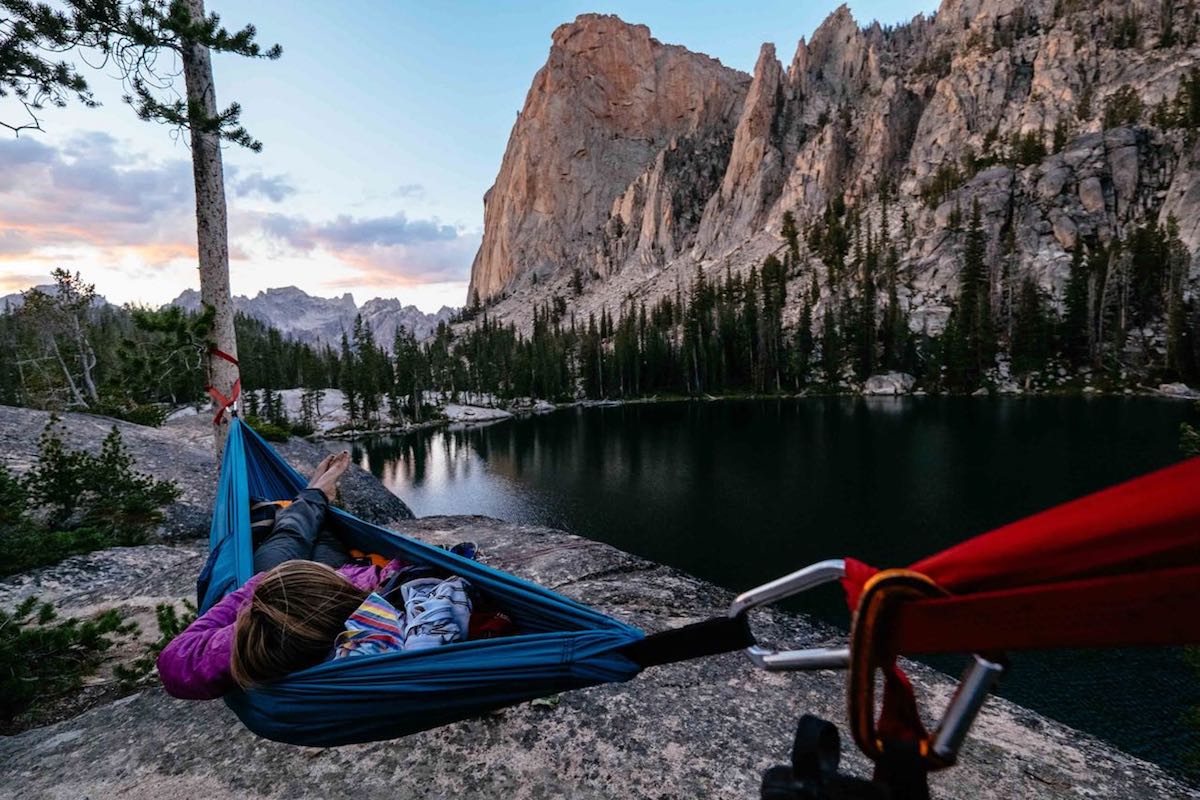
And that’s how it all started: five friends, some kale, and overly hoppy IPAs. A new movement, hopefully becoming cliché and out of vogue just as quickly as the rest of them. But for now, while it’s still counter-culture, we present to you the 5 principles of LYT: Leave Your Trace.
1. Memorialize your time in the woods.
As it so happens, objects in our national parks that are more than 50 years old are considered historical artifacts. Here is your opportunity to carve out your place in the history of the world, by leaving objects in the wilderness that will not degrade. Metal items are especially long-lasting, and any objects that contain inscriptions of any sort, such as dates or initials, will be especially revered in the future. We suggest expensive and sentimental jewelry, metal credit cards, and car keys.
Put litter – even food products like crumbs and peels – in garbage bags and carry it out with you. And as for the jewelry and credit cards, we suggest leaving those at home or buried deep in your car at the trailhead.
2. Get your nature while you can.
More and more people are flocking to the outdoors than ever, and with record visitation to our national parks and the gear industry booming, we wonder if wilderness will be around forever. So the race is on, get it while it lasts! Now is the time to catch all the fish you can, camp on all those untouched parcels of land, pick wildflowers, and bring your favorite rocks home with you – because if you don’t, someone else will.
According to Leave No Trace, Americans logged 1.6 billion visits to national and state park lands last year. Can you imagine how much the landscape would change if we all took a memento home with us? Please leave nature as you found it for others to enjoy.
3. You probably won’t be back.
Let’s be honest: our bucket lists and Instagram feeds crave variety. Sure, if you go back to your favorite spot again and again, you might get to know the area so deeply that you actually care for it. You might learn that the flowers close each night with the setting of the sun, that the lightening bugs congregate in a certain grove each evening, and that the fish come close to the surface of the lake during a light rain. But if you’re keeping up with the Jones’, they’re moving on to the Grand Canyon now, and then to the coast… and you probably won’t be back here anytime soon. So enjoy, and no pressure to leave it like you found it. Besides, the rain and seasons will likely wash away your new campsite, burned logs, microtrash, and uncovered bathroom before you’re here next.
We are a community. Let’s leave the wilderness as we found it, for the sake of the wildlife and ecosystems, including ourselves.
4. Domesticate everything.
We usually don’t take our pets along when we go hiking or camping, and this might leave us pining away for a furry friend by our side. However, there are all manner of animals eager to hang out and share food with us in the wilderness. It’s a nice gesture to put some treats out when you leave your campsite, simply to let the local wildlife know you’re friendly and desiring of their company. Then, they might even burrow [read: chew] their way into your tent and snuggle up for the night!
As a rule, human food is unhealthy for wildlife. Feeding animals can teach them bad habits, make them reliant on people, bring them close to roads, and make them sick.
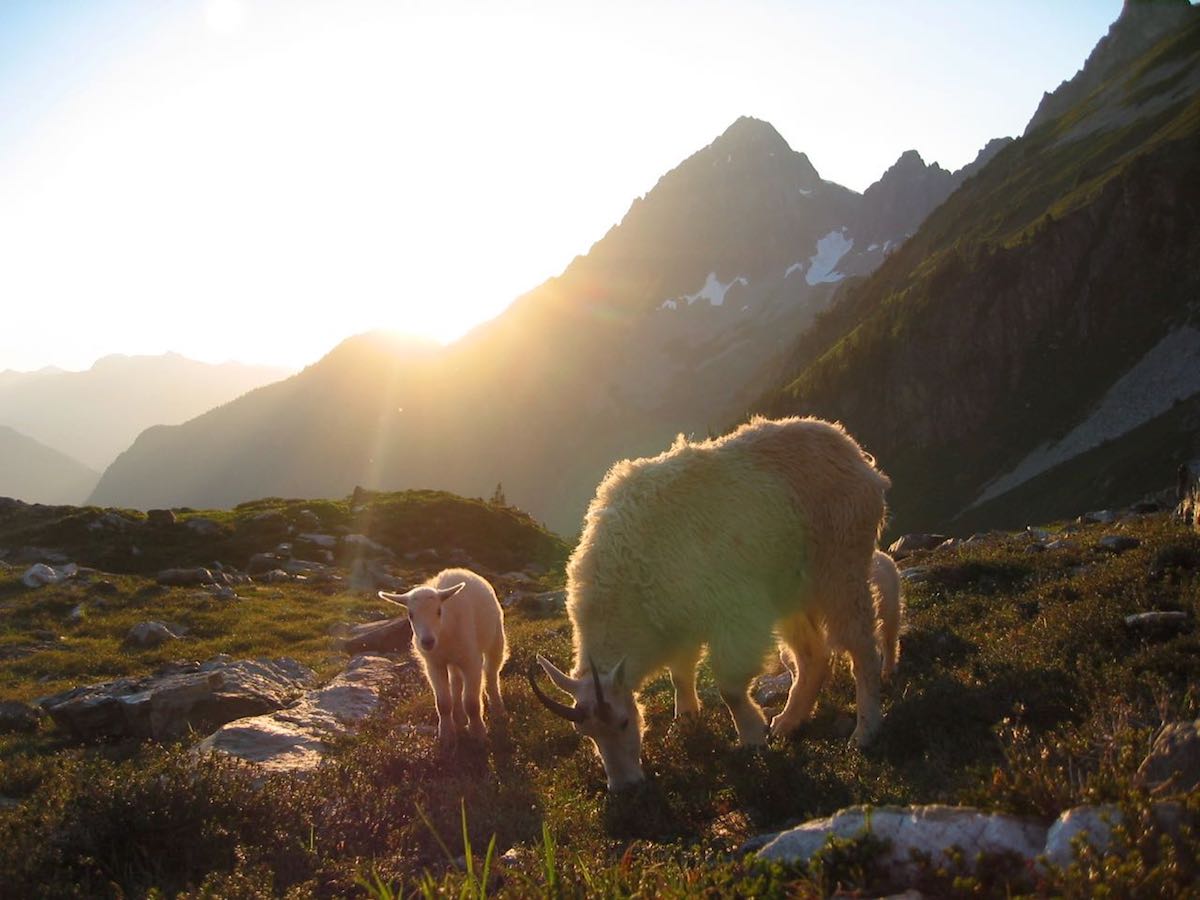 A typical mountain goat diet: grass, herbs, ferns, moss, lichen, twigs, leaves. No Cliff Bars please.
A typical mountain goat diet: grass, herbs, ferns, moss, lichen, twigs, leaves. No Cliff Bars please.5. Never come back to insta-land without a fire photo.
Fires might not be permitted in that fragile alpine ecosystem, but will just one really make a difference? Plus, that rock outcropping looks just picture-perfect, and surely the next rain will wash away the scars left by the fire. Regardless, you certainly can’t say you’ve gone on a camping trip without a campfire, and those larches will grow back next summer, for sure.
If fires are not allowed, it’s because the ecosystem is extremely fragile and cannot afford to be burned. If fires are allowed, use only existing fire rings, burn all wood to ash and be sure the fire is completely out and cold before you leave. And lastly, follow the 4D’s of firewood collection: dead, down, distant, (away from campsite to avoid over harvesting), and dinky (shorter than your forearm and smaller than your wrist).
